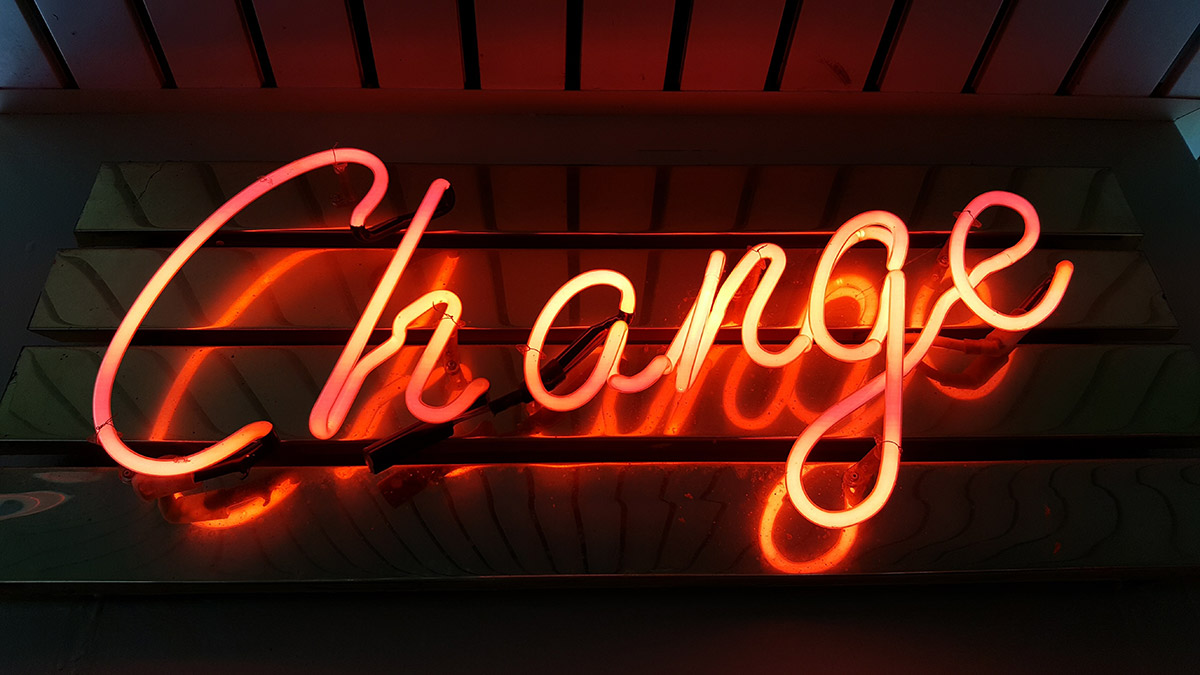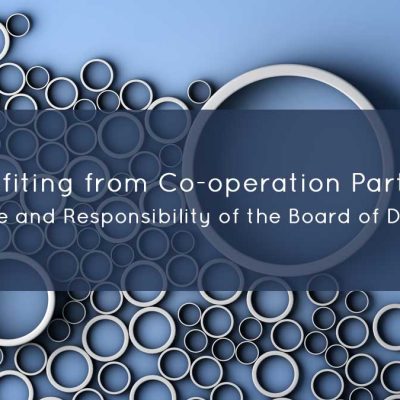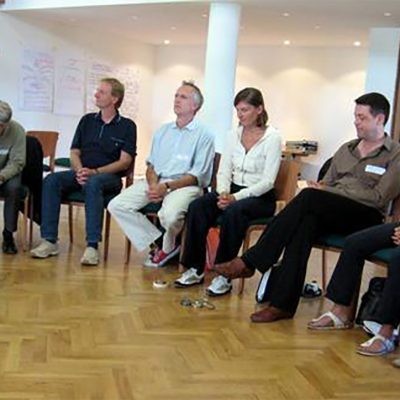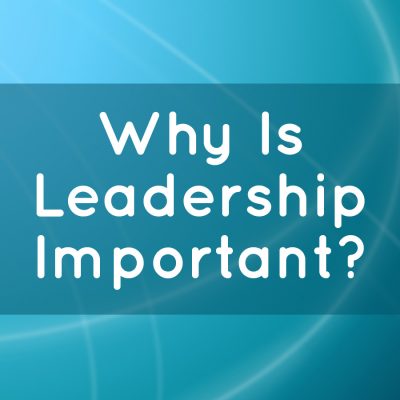
Change for the better, for something positive, for something you have been wanting…still brings about the dynamics associated with change. Dynamics like a sense of loss, resistance, or fear are common when it comes to facing change – whether it’s a desired positive change or not.
Commitment to Change
Individuals working on personal development and life improvements believe that they are committed to ‘change’. Often, we think of change as the decision to do something differently, without giving as much consideration to the actions that will surely follow.
Are they really committed to the new state of being, to their own new world that unfolds as a result of their development and life improvements? That world may be harder than the one that they left behind! Especially as one works towards finding ease with the new. They were not expecting it to be harder, they didn’t anticipate feeling so rudderless in their new reality. Now what? There is no going backward, even if that might be the first instinct. There is a sense of unease about the current state, and about going forward. A new array of possibilities has opened up that were previously unknown and probably unknowable.
Organizations working on developing themselves to accomplish their goals and vision believe that they are committed to ‘change’. Are they really committed to the new state of being, to their own new world of a new array of possibilities and responsibilities found within the new reality after the ‘change’?
It’s critical to start thinking about a commitment to change as not just the decision, but all of what comes after that decision is made too.
Framing It as Positive Change
For both the individual and the organization, these intentional changes are often framed as positive change. The change is portrayed as reaching a desired state.
Even though it’s expected to have positive results, even positive change brings about loss of the familiar. The person (or people) involved need to be ready to let go of what has been their norm. They may have wanted to let go of a bad situation, or an unhealthy one and might have been dreaming about what a better future could be. However, once underway with the change to the desired state, it becomes much clearer than they also need to let go of something, something which they may surprisingly to themselves, discover they are attached to.
Positive change brings the danger of feeling overwhelmed by the new reality and the new possibilities. Simultaneously, feeling adrift because nothing feels familiar, your old anchoring and orientation mechanisms no longer work. When you made the positive change, you didn’t consider what it would be like to navigate your new desired reality. And getting used to the new thing can feel uncomfortable.
Doing a Better Job Thriving in Positive Change
So, what is missing when approaching a situation of positive change? And what can you do to help yourself as the leader of your life, and your organization, do a better job of thriving in positive change?
It’s possible to create a framework for positive change that will help it to feel easier to implement. That will help to accomplish successful change while navigating through the uncomfortable stage of taking action to create something new. These 3 steps can help to get you started:
- Equip yourself with the understanding that there is always loss that accompanies change, and with loss, there is always grief work to be done. Find others to talk with about this facet of positive change.
- Come to understand that the familiar that you are leaving behind includes your individual or collective story. You are giving this story to its rightful place in the past. Individually or collectively, you are creating a new story. Equip yourself to perceive the story, that it has all been a story, and that the new unfamiliar territory of new possibilities can be handled better if you come at it from the perspective of creating a new story. This leaves scope for looking at the emergent possibilities and choosing what fits within the story that you are creating, and what does not.
- Familiarize yourself (yourselves) with creative problem-solving techniques, those appropriate for an individual and those appropriate for a group. Knowing creative problem-solving techniques is of great assistance when the many possibilities of your new reality raise their heads. It helps you to be curious, to consider a large variety of possibilities, and then to make your choices…rather than feeling overwhelmed by the unexpected possibilities of your new reality.
A module of the Genuine Contact program that is filled with tools and tips for working with positive change is Achieving Organizational Health and Balance: diagnosis and regeneration. Participants have let us know that what they learned in this module assisted them as much with their individual lives as it did with their organizations as they work towards achieving positive change.
Photo by Ross Findon on Unsplash









Leave a Reply
You must be logged in to post a comment.